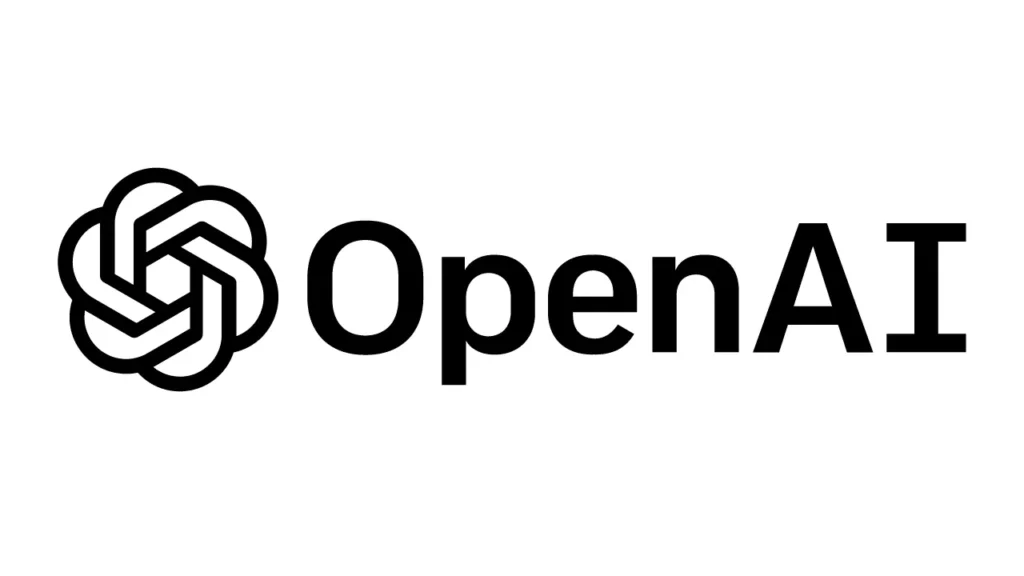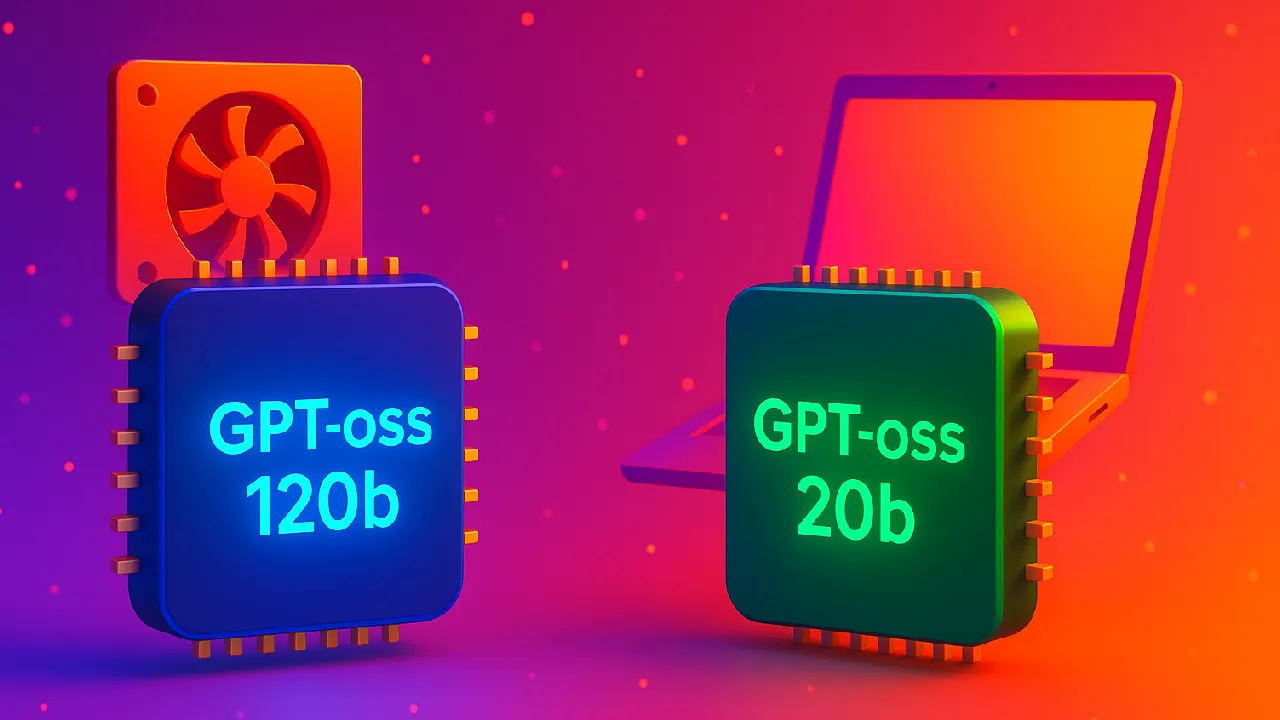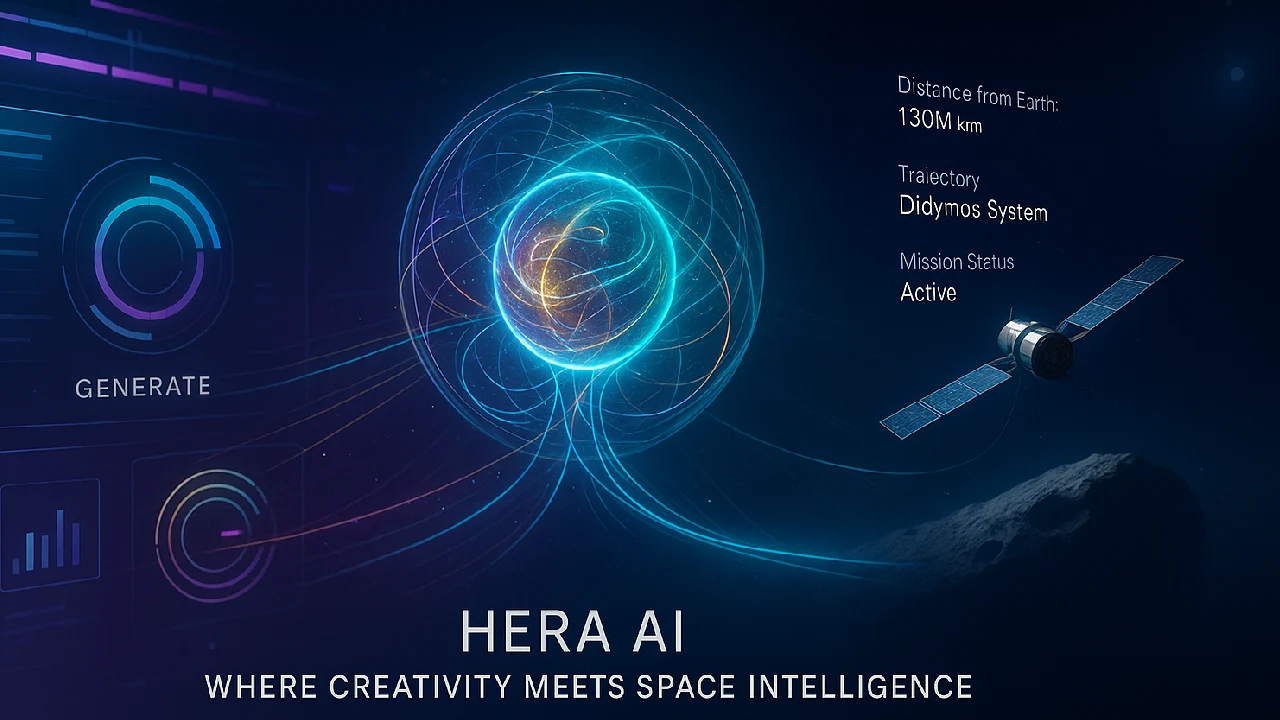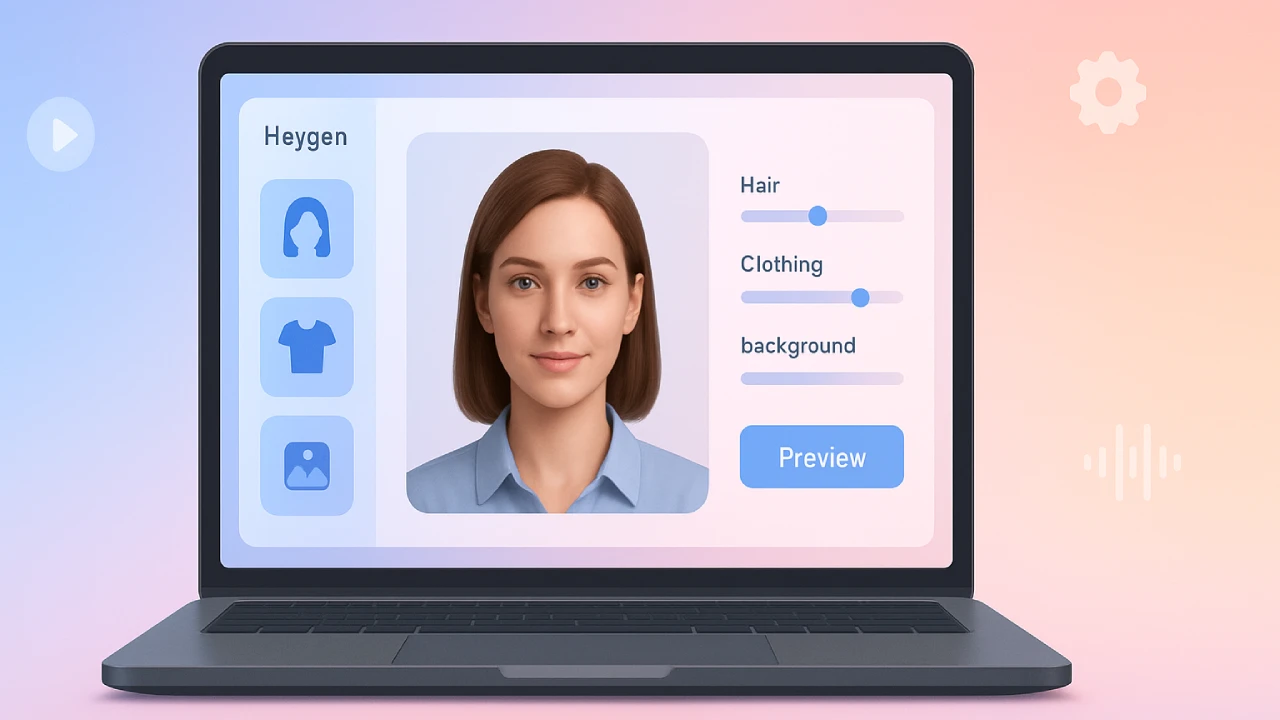GPT‑OSS the new OpenAI open weight model line has 120B and 20B parameter versions that allow deep reasoning, local deployment, and full tool integration. It is licensed under Apache 2.0.

OpenAI has a new idea for open-source AI called GPT-OSS. It’s more than just a code drop. OpenAI is giving users, researchers, and businesses back full control with gpt-oss-120b and gpt-oss-20b.
These models are made to be used for serious thinking, they run locally, and they come with a license that lets you do whatever you want. What’s so great about GPT-OSS?
All About GPT‑OSS?
The OpenAI GPT-OSS series has two versions: gpt-oss‑120b and gpt-oss‑20b. It is a new open-weight model series. These models are made for tool use, high-level reasoning, and agentic processes. You can fully download and host them yourself, which gives people full control over how they use and improve them.
Thanks to the Apache 2.0 license, GPT-OSS can be used in business projects without any of the legal or technical restrictions that normally come with proprietary models.
Yes, this is the first time OpenAI has been truly open since GPT-2 (2019).
Key Features of GPT‑OSS Models
This is what makes GPT-OSS good for developers and businesses:
- Adjustable Reasoning Effort: Choose low, medium, or high based on latency vs accuracy needs
- Harmony Response Format: Ensures structured, consistent outputs for tool use and multi-agent setups
- Full Chain-of-Thought Access: Internal reasoning steps are transparent, helping you debug and trust model behavior
- Fine-Tuning Ready: Customize for your domain — from law to medicine to niche software
- Agentic Capabilities: Built-in support for function calling, code execution, web browsing, file operations
- MoE Architecture with MXFP4: Uses Mixture-of-Experts for efficient compute and lower memory demands
- Long Context Window: Supports up to 128K tokens, ideal for long documents, chat logs, or codebases
- Multilingual Reasoning: Performs well across non-English languages
- Local Deployment: No API dependency, no cloud lock-in
Model Comparison: 120B vs 20B
| Model | Total Params | Active Params | Hardware Needed | Best Use Case |
|---|---|---|---|---|
| GPT‑OSS 120B | ~117B | ~5.1B | 1x Nvidia H100 GPU | Enterprise-grade inference, agentic AI |
| GPT‑OSS 20B | ~21B | ~3.6B | 16GB consumer laptop | Edge computing, personal or offline apps |
Both models use Mixture-of-Experts, which means that only a small group of factors are used for each inference. This saves computing power without slowing things down.
How GPT‑OSS Performs
According to benchmark results shared by OpenAI:
- GPT‑OSS 120B performs on par with OpenAI’s internal
o4-minimodel for general reasoning, math, and agentic tasks - GPT‑OSS 20B rivals and often beats the
o3-minimodel, especially in lower-latency or smaller memory environments - On the GPQA benchmark (PhD-level science QA):
- GPT‑OSS 120B scored ~80.1%
- GPT‑OSS 20B scored ~71.5%
- This puts them ahead of many open models like LLaMA and Mistral in reasoning tasks
Why This Release Changes the Game
This isn’t just another drop of an AI model. This is why GPT-OSS is important:
1.Self-Hosted AI: No cloud dependency means enterprises can deploy securely on-premises.
2.Open License: Apache 2.0 lets you use, modify, and sell — without needing to pay or attribute OpenAI.
3.Tool-Use Ready: You get structured outputs, CoT visibility, and function calling baked in.
4.Safety First: OpenAI conducted safety evaluations and capped the models below “frontier risk” thresholds
5.Ecosystem Support: Use with Hugging Face, Ollama, vLLM, LM Studio, and run on Azure, AWS, or even a MacBook
Why OpenAI Went Open Again
Meta (LLaMA 3), Alibaba (Qwen), and Mistral are all pushing open-weight models hard, so OpenAI needs to get back in touch with the open-source community. CEO Sam Altman has said in the past that they took too long to move on open models. GPT-OSS changes its mind.
It also fits with OpenAI’s bigger goal, which is to create a mixed environment where users can pick between closed GPT-4 APIs and open models that they can customize and run themselves.
Who Should Use GPT‑OSS?
- Developers & Indie Hackers: Build tools without vendor lock-in
- Large Enterprises: Retain full data privacy and control in regulated industries
- Researchers: Study alignment, reasoning behavior, and safe fine-tuning
- AI Product Teams: Deploy fast prototypes and localized models
- Governments: Operate critical AI systems securely on local infrastructure
Pros and Cons Summary
| Pros | Cons |
|---|---|
| Fully open weight under Apache 2.0 | No OpenAI-hosted API — self-deployment only |
| Native tool-use and agentic support | Harmony format adds integration complexity |
| Adjustable reasoning effort | May trail GPT‑4 in language polish |
| Runs on laptops or single GPUs | Guardrails must be implemented manually |
| Works across major platforms and inference tools | Text-only — no multimodal support yet |







